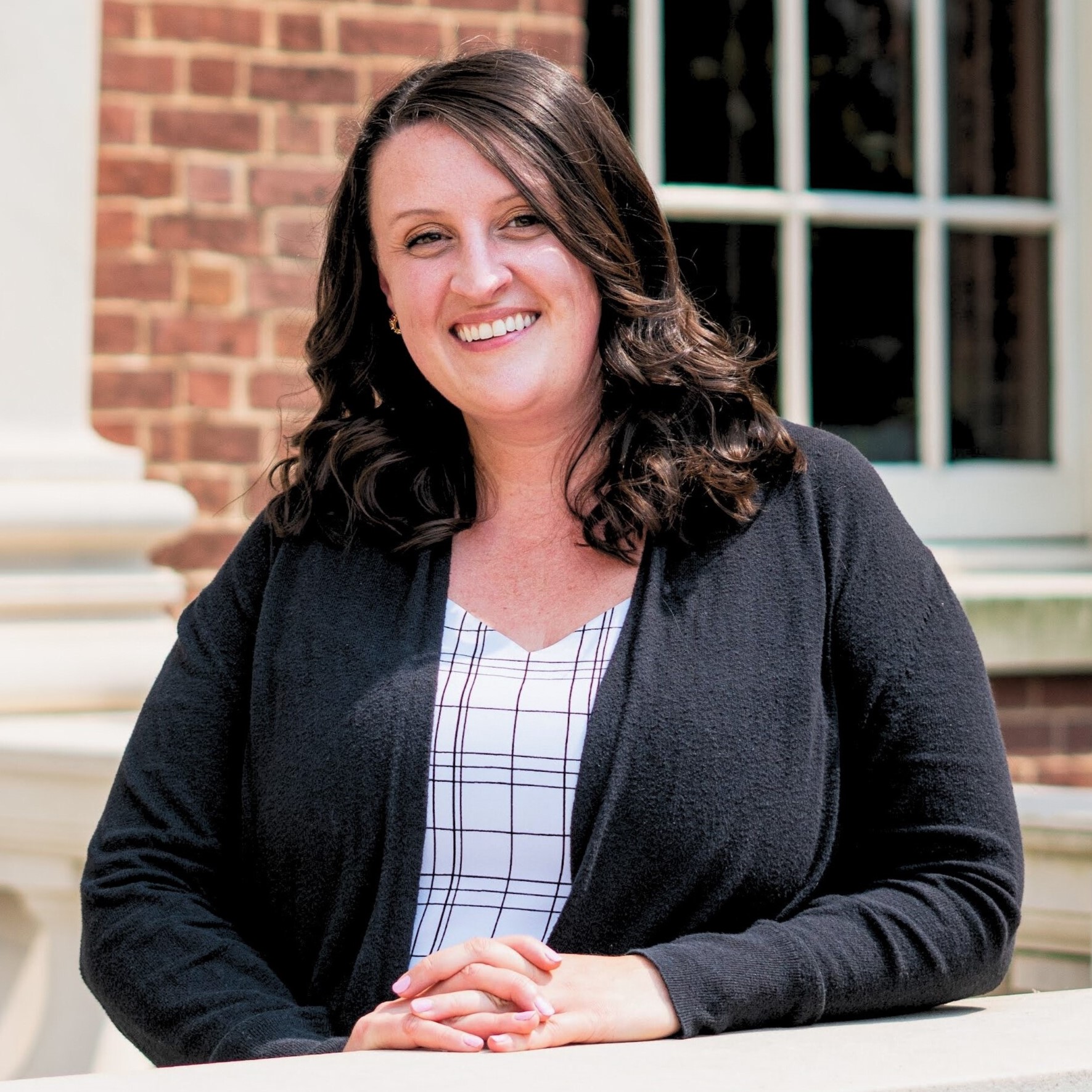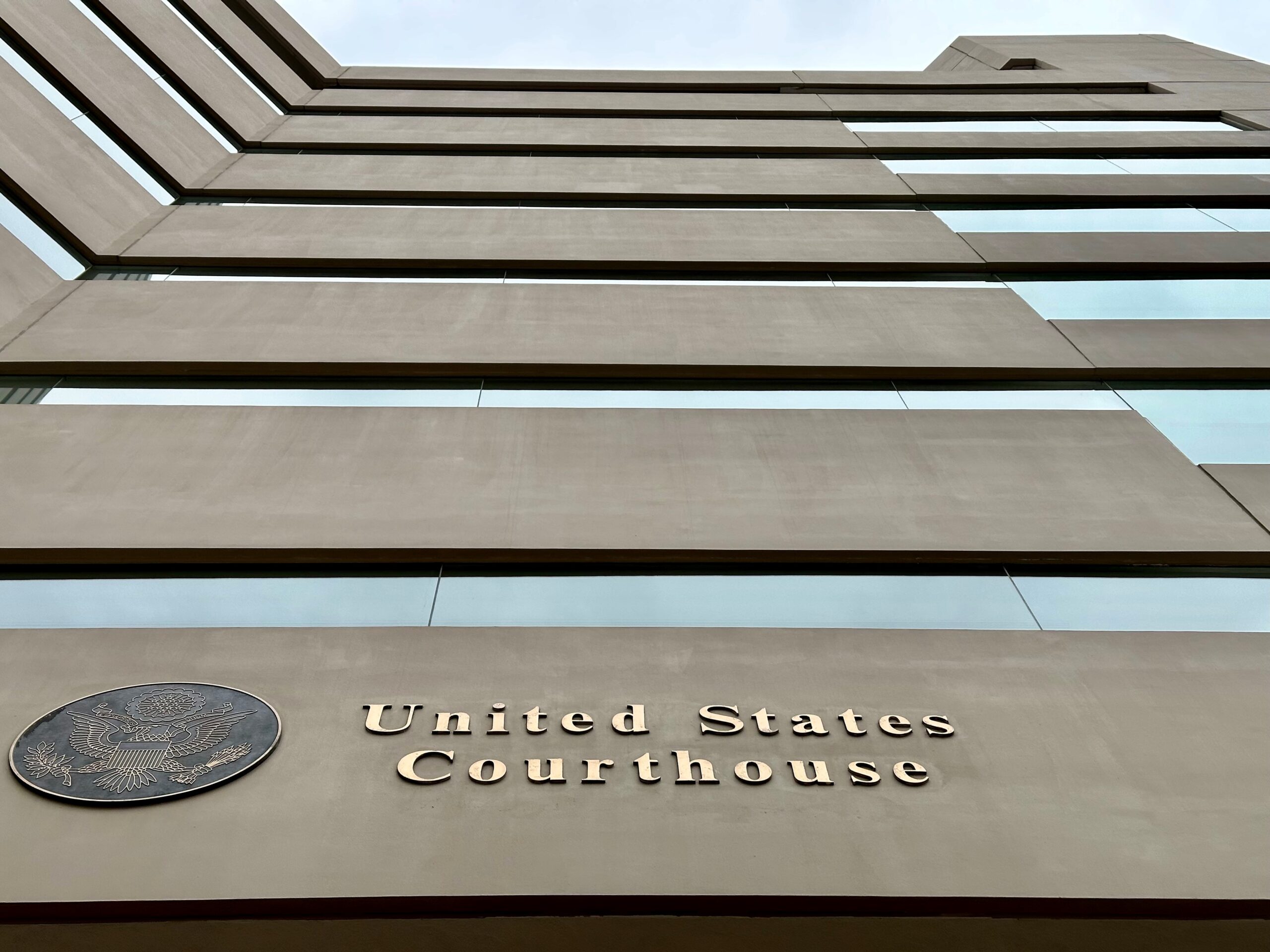Elections Board Recommends Limited In-Person Voting for June 2 Primary
The Maryland State Board of Elections will recommend a limited number of voting sites throughout the state for the delayed presidential primary election in June.
The board will submit a plan to Gov. Lawrence J. Hogan Jr. (R) on Friday that would include a minimum of one in-person voting site in each county and the city of Baltimore for the June 2 election. Hogan will issue a final order outlining how the election should move forward.
Allowing for at least some in-person voting for the election was an about-face for the board, which had previously indicated a desire for no in-person voting, raising legal questions and concerns from lawmakers and advocates.
In reaching a final recommendation, board members continued to express deep reservations about safety of elections officials, poll workers and voters due to the outbreak of COVID-19.
“I’m very wary about subjecting workers to this virus,” board member Malcolm L. Funn said. “We have to recognize the seriousness of this situation that we’re in.”
Dr. Clifford Mitchell, director of the Environmental Health Bureau at the Maryland Department of Health, suggested social-distancing and other precautionary measures including physical barriers and cleaning strategies that could be implemented at voting sites throughout the state to conduct in-person voting safely.
“We here at the Maryland Department of Health, along with all state agencies, will assist in the execution of your constitutional duty to uphold free, fair and accessible elections for all and your obligation that everyone has the opportunity to vote,” Mitchell told board members.
Under the plan, elections officials will still focus on conducting the election primarily by mail. Eligible active voters would be sent an absentee ballot with a pre-paid return envelope.
Voters would be encouraged to mail back absentee ballots unless they require assistance or must vote in person for another reason, including a ballot that was never received or was misplaced.
The plan would also allow for same-day registration on Election Day at the limited in-person voting sites.
“We have a relatively very small group of people that should have a need to go to these voting centers in person on election day,” Board Chairman Michael R. Cogan said.
Board Vice Chairman Patrick J. Hogan, who made the motion to allow counties to establish between one and four in-person polling places, said he believes the number of voters choosing to cast ballots in person will be limited.
“I think a lot of people are going to be voting by mail. People don’t want to go out of their house,” Hogan said. “They don’t want to expose themselves.”
Under the plan, local election boards would determine the number and location of in-person sites, subject to final approval from Election Administrator Linda H. Lamone.
Voters would be able to drop off ballots at those sites, but not vote in person, during a typical “early voting” period. Ballots could also be dropped off on Election Day.
Conducting an election typically takes more than 20,000 election judges. The plan recommended by the board likely require 1,000 or fewer, officials said.
If counties aren’t able to recruit enough poll workers, advocacy groups have volunteered to help staff the polls and the state board may request help from state workers.
The board’s recommendation now goes to the governor, who could make changes. In recent days, Governor Hogan has been lobbied by advocacy groups and Maryland’s legislative leaders to ensure in-person voting opportunities for the election.
Without providing an in-person voting option, advocates said the state could be in violation of the Americans With Disabilities Act and other laws. The state board met briefly in closed session about potential litigation before voting on the final recommendations for the primary election.
7th District
Despite similar pleas from advocates about allowing limited in-person voting for the 7th District congressional special election on April 28, the board moved forward with mail-in only procedures for that election, which is moving forward under more exigent circumstances.
The board did vote on Thursday to make some minor tweaks for that election.
The board voted to suspend state laws allowing voters to request vote-by-mail ballots in person and to return ballots in person for the special election because local elections offices are closed.
However, counties may still be able to accommodate ballot drop-offs. Baltimore County has a dropbox currently and Howard County and the city of Baltimore may be getting them, Deputy Elections Administrator Nikki Charlson said.
The board also agreed to push the final voter registration deadline for that election back to April 24. Voters who register between April 22 and April 24 would be able to receive a ballot electronically.
In both elections, the board approved dramatic procedural changes for canvassing ballots.
That includes changing procedures to allow one election judge ― as opposed to the current practice of two ― to decide if a ballot is accepted, and to allow local boards to begin processing mailed-in ballots before election day.
In the 7th District, counties would be able to start processing ballots on April 16.
Charlson said it’s necessary to begin processing ballots earlier in the special election because the local boards will need to count those ballots while also gearing up for the June 2 election.
“They just don’t have the capacity to be counting ballots in May and getting ready for a June 2 election,” Charlson said.
Results from the earlier canvassing would not be released until 8 p.m. on the election day.
Cogan said he understood concerns about election security, but reluctantly agreed that the change was necessary.
“I’m not a real big fan of doing it the way we’re going to do it. It’s not something I would have chosen in other circumstances. It’s not something we would have done in other circumstances,” Cogan said. “…But business is not as usual.”
The board’s plan would allow canvassing for the June 2 election to begin on May 21.
Charlson said other states with all-mail voting systems have similar policies in place to begin canvassing before election day.
“It’s not uncharted territory,” Charlson said. “…It is for us.”
Before the election days roll around, Cogan said he also wants the board to consider measures to detect and combat fraud in the state’s first-ever mail-in elections.
A NOTE TO OUR READERS
In these uncertain times, we’re here for you. We have a page dedicated to our reporting on COVID-19 in Maryland. We’ll continue to report with an eye toward the humanity of our sources and a commitment to public accountability.
Stay informed by signing up for the Maryland Matters Memo — our daily morning news roundup, delivered to your inbox. Free.
And if you are able, please consider a tax-deductible contribution to support our nonprofit newsroom.
We’re burning the candle at both ends — doing all we can to keep ourselves, and everyone else, as safe as possible — as we keep you informed.
Please take care!




 Creative Commons Attribution
Creative Commons Attribution